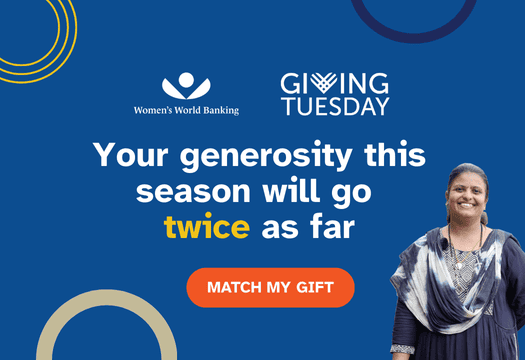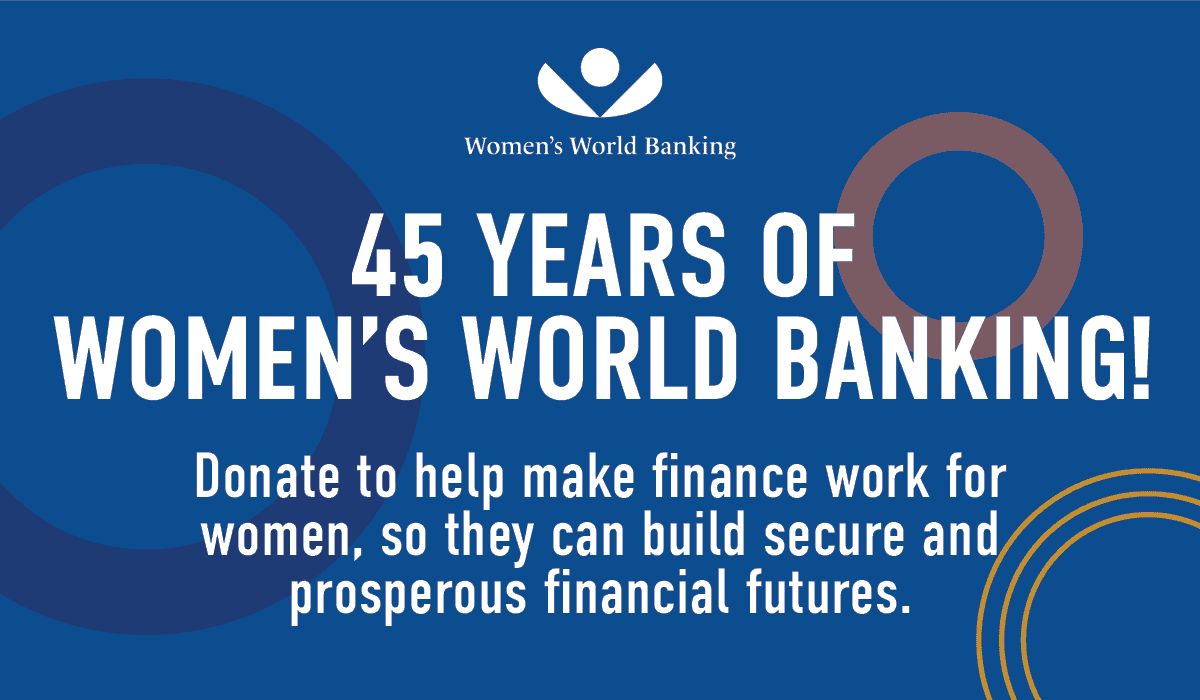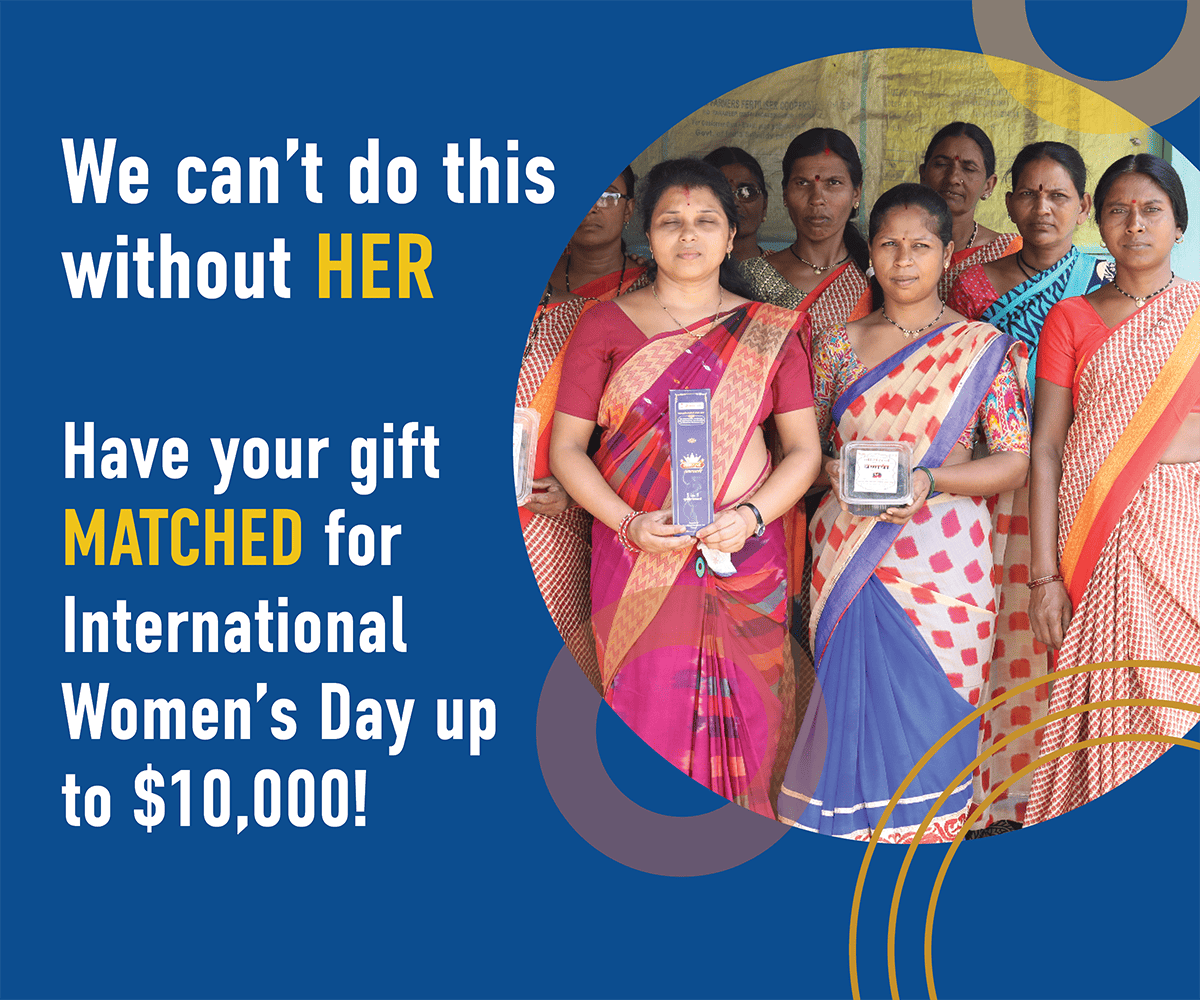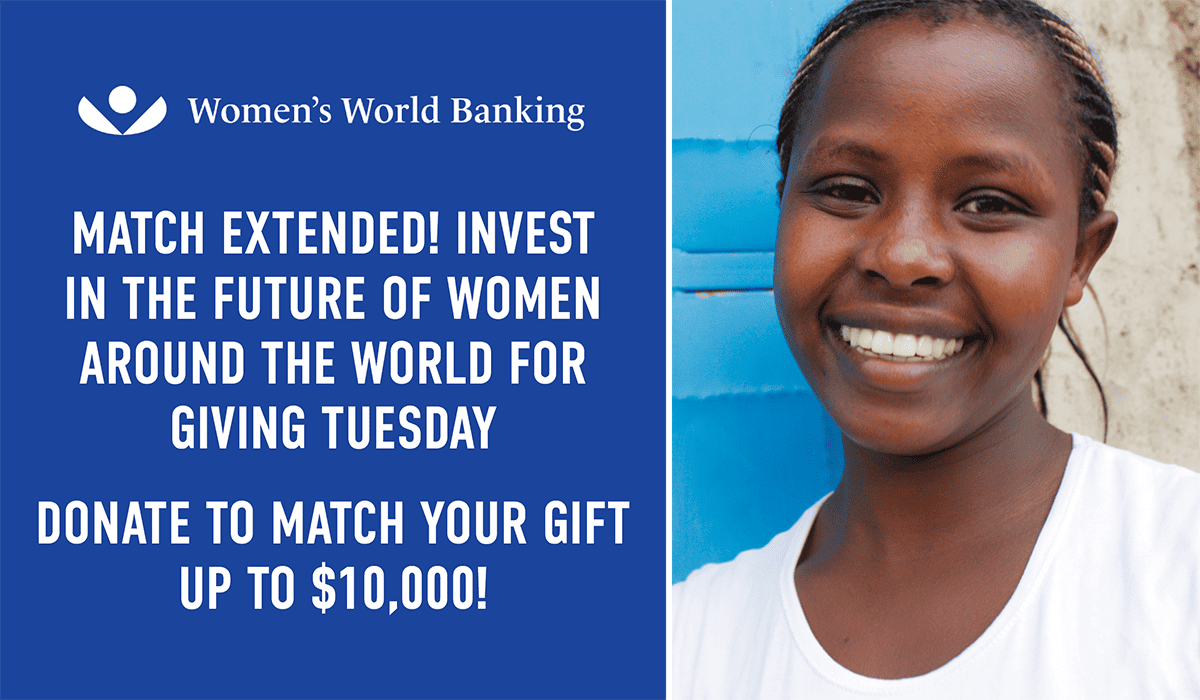When a drought hit Amina’s small village in Morocco for the third consecutive year, the 33-year-old camel breeder did not wait for help. “We changed everything: feeding times, markets, even how we save,” she recalls. “The heat doesn’t stop us. We just learn faster” Amina’s determination captures the spirit of Morocco’s rural women, those who serve as the backbone of their local economies and are now under the strain of climate change. Amina is not alone: 80% of all women without financial services live in climate-vulnerable countries (Women’s World Banking, 2025).
The collaboration between Bank Al-Maghrib and Women’s World Banking has been made possible through financial support from the Swiss State Secretariat for Economic Affairs (SECO). Together, Women’s World Banking and Bank Al-Maghrib have developed a Climate Resilience Toolkit with a self-assessment tool to better understand the challenges rural women face in the wake of worsening climate shocks. Through this effort, we listened to women like Amina across Morocco, to learn how they are adapting, innovating, and striving to sustain their livelihoods in an increasingly unpredictable climate.
The study combined three key components: 35 in-depth interviews with rural women entrepreneurs from 5 regions: Casablanca-Settat, Marrakech-Safi, Béni Mellal-Khénifra, Fès-Meknès, and Oriental; key stakeholder interviews with representatives from Morocco’s public and private sectors; and a review of secondary research and literature on gender, finance, and climate resilience.
The resulting tool is designed to support Morocco’s financial sector and public sector in meeting the financial needs of rural women entrepreneurs for years to come.
Where climate change meets survival instinct
Almost 9 in 10 rural women in Morocco rely on climate-sensitive activities like agriculture, livestock, and crafts (Carnegie Endowment, 2023). Their success rises and falls with the rain, a resource that has become painfully unreliable (World Bank, 2021).
In El Jadida, 58-year-old Khadija, who raises goats and sheep, says, “The rains used to come when we expected them. Now we wait and wait. The animals thin out, and so does our income.”
For these women, drought is not an event, it is a constant reality. As they adapt daily, their resilience is often self-taught and self-funded.
Adaptation born of necessity
Across the five regions we studied, rural women are reorganizing their routines: working earlier to escape heatwaves, switching to hardier crops, or recycling materials to reduce costs. Many are diversifying their incomes by making couscous, weaving carpets or producing artisanal cosmetics.
In Khenifra, Hafsa, a 34-year-old beekeeper and cattle fattener, describes how she shifts her hives to survive the changing landscape: “When the flowers dried, I carried the hives closer to the forest. The bees found new nectar, and we found a way to keep going.”
But adaptation has its limits when there is limited financial cushion. And here lies one of the deepest gaps revealed by our assessment tool.
Money matters: the missing link in climate resilience
While rural women in Morocco demonstrate ingenuity and grit, access to financial services remains the weakest link. Our research found that most rural women are aware of loans and savings products, but few use them, largely due to mistrust, lack of tailored services, and the perception that formal finance is “not for people like us.”
Many rely on informal savings groups or solidarity lending within cooperatives. Others keep their earnings literally under the mattress. As 51-year-old Rachida, a semolina producer from Sebt Sais, puts it: “I know the bank is there, but I don’t know how to enter it. The papers, the language, it’s another world.”
This sentiment reflects a broader structural challenge. Only about 35% of women have an account (vs 55% for men), and only a small fraction has access to credit or insurance products (Findex survey, World Bank, 2025). While Morocco has enacted reforms and initiatives to strengthen women’s rights to access and inherit land, persistent social norms and registration practices continue to limit women’s formal land ownership. As a result, many women are unable to meet collateral requirements set by financial institutions.
hannels could bridge this gap. About 90% of Moroccans have a mobile phone (Findex, World Bank, 2025) but connectivity remains patchy in rural areas. Nearly half of mobile phone owners do not have a SIM card registered to their name, and low digital literacy hinders use. Moreover, climate insurance is still seen as difficult to understand or altogether inaccessible.
The result is a contradiction: Rural women manage daily climate risks without access to the financial tools designed to help them.
Collective power and cooperative finance
Where formal systems fall short, cooperatives have become Morocco’s grassroots financial safety nets. They enable pooled savings, bulk purchases, and shared market access. Increasingly, they serve as entry points for financial education and small loans. In Ben Guerir, 31-year-old Chaima, who runs a cooperative that produces natural cosmetics, says, “I used to sell only in the village. Through the cooperative, I learned to price, to plan, even to save a little each month. It’s freedom.”
Cooperatives provide a trusted social structure for introducing financial tools. Delivering training and awareness through these networks was perceived to be the most effective channels to reach women with low literacy and limited mobility.
Bridging the finance gap: designing for reality
Findings from our fieldwork and stakeholder consultations directly informed the design of the Climate Resilience Toolkit, a survey instrument created to help women, the public sector, and financial services providers understand local vulnerabilities and opportunities.
Key questions explored
- Extent of exposure: To what degree are households and communities experiencing the impacts of climate-related events such as droughts, floods, and extreme heat?
- Impact on livelihoods: How have climate shocks affected household income, agricultural productivity, and general wellbeing?
- Risk perception: How do respondents perceive the major climate risks and potential consequences in their local context?
- Adaptation strategies: What coping and adaptation strategies are households currently using to manage climate variability and its effects?
- Behavioral change: In what ways have individuals or communities altered their farming or livelihood practices in response to climate change?
- Information access: What are the main sources through which people obtain climate or weather-related information and early warnings?
- Institutional support: How effective are government programs, NGOs, or community initiatives in supporting local adaptation and resilience efforts?
- Capacity needs: What forms of support, technical, financial, or informational, do households identify as necessary to strengthen their ability to adapt to climate risks?
Specifically, the Toolkit offers:
- A self-assessment tool for women to evaluate their exposure and sensitivity to climate risks.
- Tailored suggestions provided upon completion of the assessment, including possible adaptations and tools, as well as financial, technical, or behavioral considerations.
- A bridge between data collection and product design, enabling financial institutions to develop credit, savings, and insurance solutions that respond to rural women’s actual needs and specific seasonal requirements.
Through a workshop facilitated by Women’s World Banking, organized by Bank Al-Maghrib with government, private sector, and civil society representatives, testing the Toolkit with rural women revealed strong buy-in for integrating the assessment into a national survey. The survey’s data will enable institutions to quantify rural women’s financial exposure to climate risks and expand access to financial services and programs to support them.
From awareness to action
Our research makes one thing clear: Rural women are already financially active. They simply choose to operate outside the formal system. By understanding women’s existing informal practices through product design, Morocco can accelerate both gender equality and climate adaptation.
As Naima, a 55-year-old weaver from Douar Laaouinatt, says: “We know how to save, but we save in our own way. If the banks spoke our language, we would listen.” In other words, resilience is not missing; rather it is waiting for investment.
Financing the future, one woman at a time
Climate resilience and financial inclusion are not separate stories; they are two sides of the same coin. As Bank Al-Maghrib and other relevant stakeholders in Morocco conceptualize scaling up this national survey, the challenge is no longer awareness, it is accessibility.
Rural women across Morocco are already demonstrating remarkable resilience in the face of climate shocks by adjusting their work patterns, sharing resources through cooperatives, and innovating with low-cost, practical solutions such as rainwater harvesting, crop rotation, and solar drying. Building on these strengths, programs must focus on climate-resilient livelihoods, inclusive financial products, and green enterprise development. Strengthening cooperatives as hubs for training, finance, and market access, while expanding participative banking services-microcredit, savings groups, and simple, financial literacy tools, will help rural women overcome persistent barriers and increase usage of formal services.
Women like Amina, Khadija, and Chaima have already demonstrated extraordinary adaptive strength in the face of climate challenges. What they need now is a financial system that actively enhances their climate resilience, one that adapts its products and delivery to their realities: their cooperatives, their dialects, and their daily lives. By designing solutions that help rural women manage climate risks, protect their livelihoods, and invest in long-term security, financial institutions can both meet their needs and unlock a significant business opportunity in a resilient and underserved market segment.
Resilience is not built by policy papers or confined to project plans. It is shaped in the rhythm of everyday life; in the choices the rural women make when the rains cease; in the savings that they guard coin by coin; and in the solidarity woven within their cooperatives. True resilience is practiced, day by day, in the hands of rural women who turn persistence into progress.
References
Carnegie Endowment for International Peace (2023). Climate change and gender in Morocco and Jordan. Available at: https://carnegieendowment.org/sada/2023/08/climate-change-and-gender-in-morocco-and-jordan?lang=en
Women’s World Banking (2025). Climate, Finance, and Gender: 2nd Edition. Available at: https://www.womensworldbanking.org/insights/updated-climate-finance-gender-report-empowering-women-as-agents-of-change/
World Bank (2021). Climate risk country profile: Morocco. Climate Change Knowledge Portal. Available at: https://climateknowledgeportal.worldbank.org
World Bank (2025). The Global Findex Database. Available at: https://www.worldbank.org/en/publication/globalfindex/report




